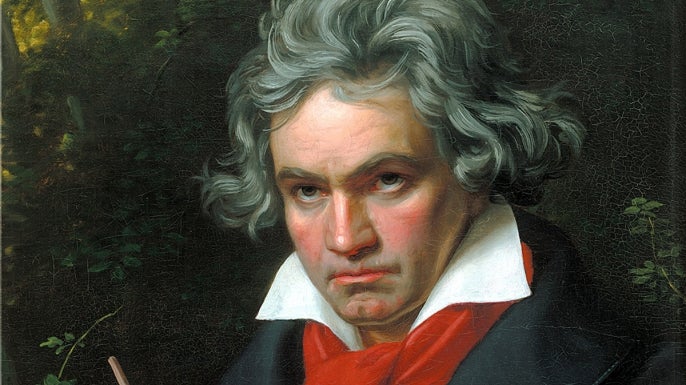Pablo Picasso, the renowned artist, had a peculiar habit of carrying a revolver filled with blanks. This unconventional behavior became well-known among his acquaintances, and many reported that he would discharge the weapon at people who questioned him about the meaning behind his paintings. This quirky habit caused quite a commotion at social gatherings, as Picasso would often pull out the gun and brandish it in front of his guests before firing the blanks. It was said that he enjoyed watching their surprised and sometimes terrified expressions. Some even speculated that this peculiar behavior may have been a reflection of the intense emotions he felt while creating his masterpieces.
Rasputin, the infamous mystic and advisor to the Russian tsar, was notorious for his excessive drinking habits. His love for alcohol often led him into bizarre and unpredictable situations. On one particular occasion, he became so drunk that he picked up a man and hurled him into a nearby river. He then proceeded to break into a monastery in search of more alcohol. The monks, outraged by his impudence, seized him and expelled him from the premises. This incident caused quite a stir and cemented his reputation as a wild and reckless character.
Mary Shelley, the acclaimed author of Frankenstein, lost her virginity on her mother’s grave. This macabre detail is often overlooked in most biographies, but it provides a fascinating insight into the psychological complexities of the author. Shelley was known for her fascination with death and the supernatural, and some have speculated that her choice to consummate her relationship on her mother’s grave was a gesture of defiance or an attempt to connect with the dead. Whatever the reason, this bizarre event is undoubtedly one of the most intriguing and unusual aspects of Shelley’s life.
Oliver Cromwell, the Lord Protector of England, was so despised by his enemies that they exhumed his corpse three years after his death and put it on trial. Following his death, Cromwell’s body was buried in Westminster Abbey, but it did not take long for his enemies to reap their vengeance. They unearthed his skeleton, put it on trial, and then beheaded it. This barbaric act was a clear indication of the intense animosity that Cromwell’s detractors held against him. It was also a chilling reminder of the extreme lengths to which people will go in pursuit of their revenge.
Simo Häyhä, a Finnish sniper nicknamed the White Death, became one of the deadliest snipers in history during the Winter War between Finland and the Soviet Union in 1939-1940. During the conflict, Häyhä killed an astonishing 542 enemy soldiers in little over 100 days. When asked about how he felt when killing an enemy soldier, he responded simply, “The recoil.” This minimalist response left many people questioning the true meaning of his words, and some have speculated that it was a reflection of his detached and levels-headed nature. Regardless, Häyhä’s exceptional skill as a sniper and his unwavering focus during combat made him a legend in the Finnish military.
These strange and intriguing factoids offer a glimpse into the eccentricities and peculiarities of some of history’s most fascinating figures. They remind us that behind the facade of fame and glory, there is often a darker side that is just as captivating. These stories serve as a testament to the human capacity for both greatness and madness, and they demonstrate that even the most celebrated individuals can have strange and quirky tendencies that defy conventional wisdom.



